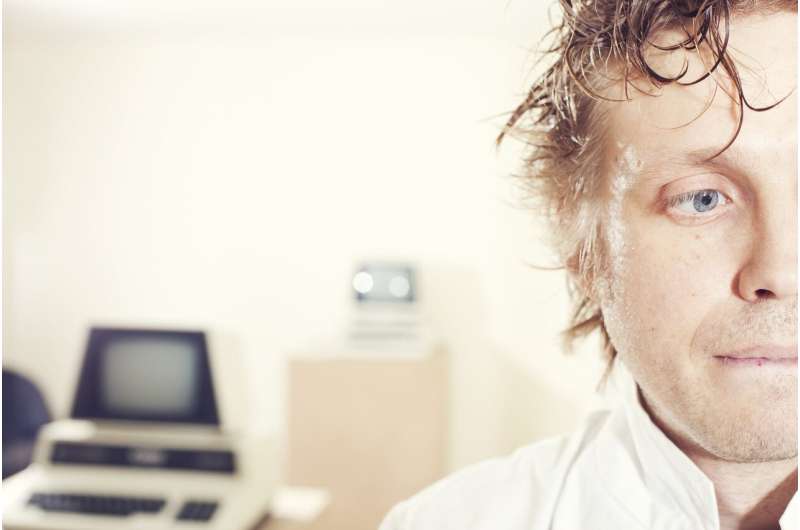
A review co-authored by Dr. Bradley Spieler, Vice-Chair of Scholarly Activity and Research in the Department of Radiology at LSU Health New Orleans School of Medicine, and Dr. Neil Baum, of Tulane’s Department of Urology, reports that although burnout affects more than 50% of health care workers, diagnostic radiologists are at even higher risk. Seventy-one percent of respondents to a 2019 survey of radiology practice leaders reported stress from workplace factors. The paper discusses causes and biological effects, risk factors, recognition, solutions, and a collective response to burnout. The paper is published online in Current Problems in Diagnostic Radiology.
“Burnout in physicians, particularly radiologists, is increasing at record levels,” notes Dr. Spieler. “A collective approach to the prevention of burnout is key.”
Burnout, defined as an “exhaustion of physical or emotional strength or motivation usually as a result of prolonged stress or frustration,” manifests as both mental and physical fatigue. This problem is now being recognized as a disease and has recently been provided a current procedural terminology (CPT) code which includes a unique, billable diagnostic code for burnout.
General causes include lack of control, unclear job expectations, dysfunctional workplace dynamics, extremes of work-related activity, lack of social support and work-life imbalance. Documented physical impacts include more rapid aging of DNA. The DNA of doctors in the first year of graduate training following medical school (PGY-1) has been noted to age six times faster than non-physicians, including other professionals. Other research implicated telomeres, DNA caps that keep the ends of chromosomes intact, like the plastic end of shoelaces or aglets, as an indicator of aging and diseases such as heart disease, diabetes, cancer, mental illness and possibly Alzheimer’s disease. More studies have shown a correlation between hours worked and the length of telomeres.
Several factors affect diagnostic radiologists more so than other specialties and significantly increase their burnout risk. The authors write that radiologists are typically confined to darkened rooms while interpreting imaging studies. Their work is sedentary. Prolonged stationary positioning has been associated with chronic musculoskeletal pain and resistive strain injuries amongst radiologists, including tenosynovitis and low back pain. Burnout among radiologists is also related to the social isolation that is part and parcel of the specialty. Notable risk factors also include demands on productivity, technologic tools such as the picture archiving and communications system (PACS) and the electronic medical record that eliminated face-to-face interactions between referring clinicians and clinical radiologists. Despite being physically isolated, radiologists may also experience a high degree of disruptions by virtue of their type of practice, such as being in an inpatient or emergency room hospital setting in which interruptions during image interpretation may be frequent. Such discontinuities in the workflow have been associated with patient safety risks as well physician frustration which could lead to burnout. The pandemic has only worsened the problem.
Says Spieler, “Radiology leadership must address burnout like the public health crisis it is.”
Possible solutions include heightened engagement and support of co-workers, dedicated reading room assistants, minimizing distractions, optimizing ergonomics, and mindfulness techniques.
Resources to recognize, screen for and prevent burnout include the Well-Being Index, an anonymous online self-assessment tool, the American College of Radiology’s Well-Being Program and the Action Collaborative on Clinician Well-Being and Resilience. The authors included a table of resources.
Source: Read Full Article